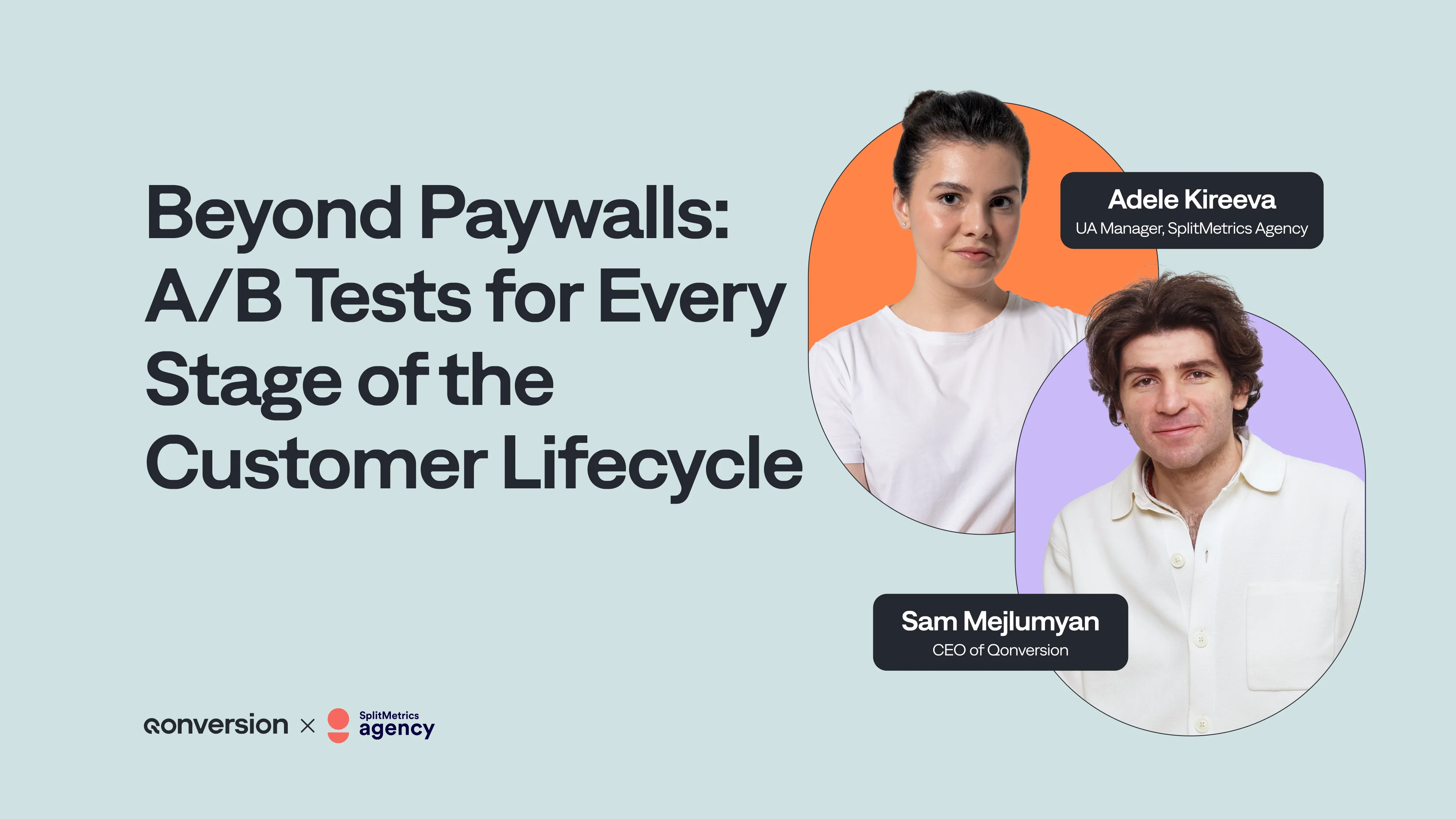Key insights from “How to Create a Successful Subscription-Based Monetization Strategy” podcast
Key insights from “How to Create a Successful Subscription-Based Monetization Strategy” podcast

Kate

Kate
Dec 21, 2020
Dec 21, 2020
Today we’d like to share with you the key insights from the Mobile Action podcast episode «How to Create a Successful Subscription-Based Monetization Strategy» with Michael Stysin, CEO of Qonversion.
You can listen to the full episode with the following links:
Spotify: https://spoti.fi/3CnGWBZ
Apple: https://apple.co/32aDhLv
Today we’d like to share with you the key insights from the Mobile Action podcast episode «How to Create a Successful Subscription-Based Monetization Strategy» with Michael Stysin, CEO of Qonversion.
You can listen to the full episode with the following links:
Spotify: https://spoti.fi/3CnGWBZ
Apple: https://apple.co/32aDhLv














